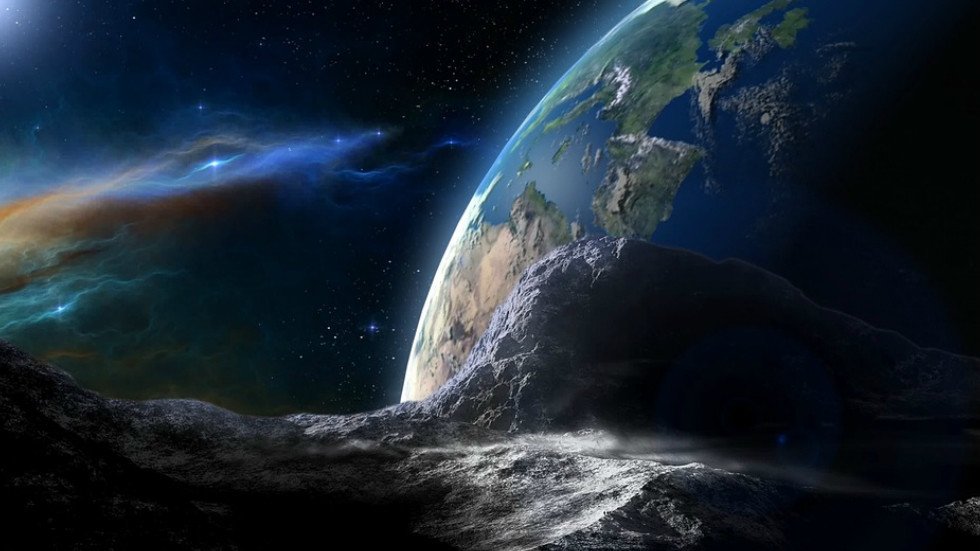After devastating the French Riviera in 2013, destroying Dhaka in 2015 and saving Tokyo in 2017, an international asteroid impact simulation ended Friday with its latest disaster—New York in ruins.
Despite a simulated eight years of preparation, scientists and engineers tried but failed to deflect the killer asteroid.
The exercise has become a regular event among the international community of "planetary defense" experts.
The latest edition began Monday near Washington, with the following alert: an asteroid roughly 100 to 300 meters (330 to 1,000 feet) in diameter had been spotted and according to rough calculations had a one percent chance of hitting the Earth on April 29, 2027.
Each day during the conference, some 200 astronomers, engineers and emergency response specialists received new information, made decisions and awaited further updates from the organizers of the game, designed by a NASA aerospace engineer.
As fictional months ticked by in the simulation, the probability of the giant space rock crashing into Earth rose to 10 percent—and then to 100 percent.
NASA launched a probe in 2021 to examine the threat up close. In December that year, astronomers confirmed it was headed straight to the Denver area and that the western US city would be destroyed.
The major space powers of the United States, Europe, Russia, China and Japan decided to build six "kinetic impactors"—probes meant to hit the asteroid to change its trajectory.
It took time to build the impactors and wait for the right launch window. The impacts were set for August 2024.
Three impactors managed to hit the asteroid. The main body was deflected, but a smaller fragment broke off and continued on a deadly path, this time towards the eastern US.
Washington considered sending a nuclear bomb to deflect the 60-meter rock—repeating a successful strategy that saved Tokyo last year—but it was crippled by political disagreements.
All that remained was to prepare for impact.
With six months to go, experts could only predict that the asteroid was headed to the New York area. With two months to go, it is confirmed the city will be destroyed.
Evacuation!
The asteroid will enter the atmosphere at a blistering 69,000 kilometers per hour (43,000 miles per hour) and explode 15 kilometers (9.3 miles) above Central Park.
The energy of the blast will be 1,000 times that of the
nuclear bomb dropped on Hiroshima.
It will destroy everything within a 15 kilometer "unsurvivable" radius, scientists said.
Manhattan will be completely razed. Windows as far as 45 kilometers away will shatter and damage will extend as far out as 68 kilometers from the epicenter.
The questions raised by the scenario were endless.
How do authorities evacuate ten million people? Moving people to safety from hurricanes has shown the task's difficulty.
"Two months may not be enough time to really evacuate, because you're evacuating people who are stuck, who have to rebuild their lives where they're going. You're going to have fleets of U-hauls," said Brandy Johnson, an "angry citizen" in the exercise, referring to the rental moving trucks.
Who will pay? Who will host those displaced? How will authorities protect everything from nuclear and chemical installations to works of art?
And how will citizens behave in the face of an end-of-the-world scenario?
"If you knew your home was going to be destroyed six months from now, and that you weren't going back again, would you keep paying your mortgage?" asked Victoria Andrews, NASA's deputy planetary defense officer.
Participants debated insurance and
legal issues at length: the United States did save Denver, but accidentally destroyed New York.
"In this situation, under international law, the United States, regardless of fault, as the launching state, would absolutely be liable to pay compensation," said Alissa Haddaji, coordinator of a group of 15 international space lawyers created to study those very issues.
The fictional killer asteroid is, of course, "highly unlikely," Paul Chodas, the NASA engineer who is the game's designer, told AFP.
"But we wanted the issues to be exposed and discussed."
Astronomers at the conference took the opportunity to defend the NeoCam space telescope project, which would help scientists better identify asteroids and react earlier to threats.
The next simulation exercise will take place in 2021 in Vienna. Chodas left open the possibility that it will be Europe's turn in the line of fire.



